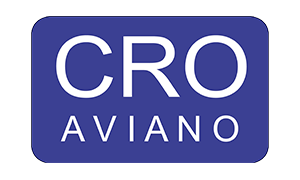Diagnostic tests for thrombo-embolic risk assessment are aimed at preventing and reducing the risk of ischemia and bleeding caused by congenital factors or external causes as prolonged treatment with anticoagulant drugs. A device for rapid assessment of thrombotic risk, cheap and easy to use in outpatient setting makes effective the monitoring of anticoagulation treatment, hence the prevention and early diagnosis of thrombo-embolic risk. This system is useful for several categories of subjects at risk: patients being treated with anticancer drugs, cardiac prosthesis wearers and coronary stents, dialysis patients or post therapy surgical.
The solution consists in a micro-fluidic (lab-on-chip) device that performs accurate real-time volumetric analysis of the process of blood clots formation on sample in conditions of laminar flow. The system is based on impedance analysis of the fluid during the clot formation and reduces costs compared with technologies that rely on optical analysis. It is an integrated device, of limited size, achievable with disposable materials, it can also be used in outpatient setting (Point of Care) with simplified procedure for sample preparation.
The analysis is in real time, with no significant interactions in the coagulation process and in flow conditions. In addition, the device provides an advantage in economic terms compared optical technologies and it is suitable for outpatient use.
The technology is covered by two patent, one concerning the analysis method, one regarding the apparatus itself: the first has been granted with an European patent (EP20130735394) and the second has an European patent pending and an Italian patent granted (US201414782302).
Component prototypes have been built but the technology need the step of industrial verification.
The technology is thought for the rapid assessment of the thrombo-haemolitic risk in many categories of patients, in general those with an impairment of the coagulation cascade, either congenital or induced by environmental factors (e.g. anticoagulant and/or anticancer drugs treatment). The proposed solution is of interest for healthcare operators in the field of diagnostic devices, suppliers of specialized materials, manufacturers of electromedical equipment and suppliers of services in the medical field.
Alessio Polacchini







